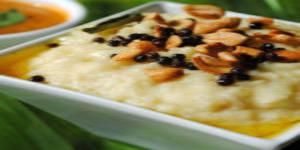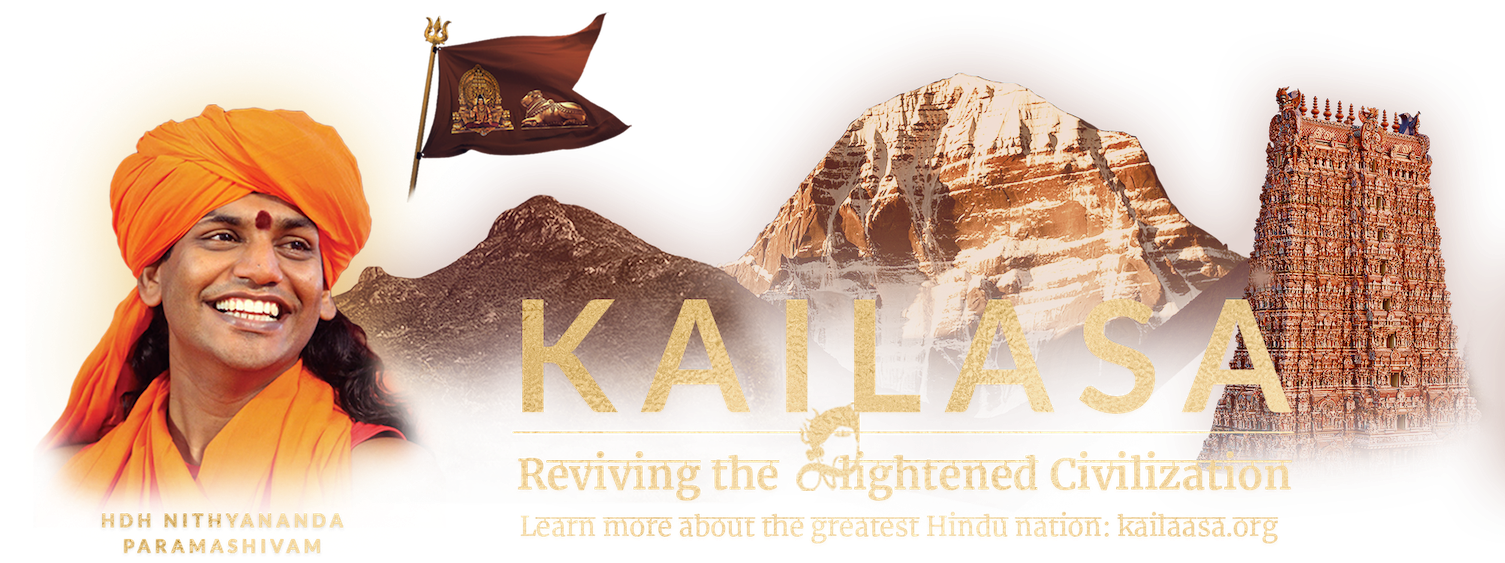
Scope
The dish Pongal is made from the first harvest of rice and coincides with the Tamil New year of Pongal which falls in the middle of January each year. The festival is also referred to as Thai pongal and is a multi-day Hindu harvest festival of South India. It is observed at the start of the month Tai according to the Tamil solar calendar and is dedicated to the sun god Surya, and corresponds to Makar Sankranti, the harvest festival under many regional names celebrated throughout India. The three days of the Pongal festival are called Bhogi Pongal, Surya Pongal and Maattu Pongal.
According to tradition, the festival marks the end of winter solstice, and the start of the sun’s six- month-long journey northwards (the Uttaraayanam) when the sun enters the zodiac Makara (Capricorn). The festival is named after the ceremonial “Pongal”, which means “to boil, overflow” and refers to the traditional dish prepared from the new harvest of rice boiled in milk with jaggery (raw sugar). To mark the festival, the pongal sweet dish is prepared, first offered to the gods and goddesses (goddess Pongal), followed sometimes with an offering to cows, and then shared by the family. Festive celebrations include decorating cows and their horns, ritual bathing and processions. It is traditionally an occasion for decorating rice-powder based kolam artworks, offering prayers in the home, temples, getting together with family and friends, and exchanging gifts to renew social bonds of solidarity.
Pongal is one of the most important festivals celebrated by Tamil people in Tamil Nadu and Puducherry in India, Sri Lanka and the Tamil diaspora worldwide, including those in Malaysia, Mauritius, South Africa, Singapore, United States, United Kingdom, and Canada. Pongal celebrates the harvest, the cooking transforms the gift of agriculture into nourishment for the gods and the community. The blessing of abundance by Goddess Pongal (Uma, Parvati) is symbolically marked by the dish “boiling over”.
Scope
The festival’s most significant practice is the preparation of the traditional “pongal” dish. It utilizes freshly harvested rice, and is prepared by boiling it in milk and raw cane sugar (jaggery). Sometimes additional ingredients are added to the sweet dish, such as: cardamom, raisins, Green gram (split), and cashew nuts. Other ingredients include coconut and ghee (clarified butter from cow milk). Along with the sweet version of the Pongal dish, some prepare other versions such as salty and savoury (venpongal).
The cooking is done in sunlight, usually in a porch or courtyard, as the dish is dedicated to the Sun god, Surya. Relatives and friends are invited, and the standard greeting on the Pongal day typically is, “has the rice boiled”? The cooking is done in a clay pot that is garlanded with leaves or flowers, sometimes tied with a piece of turmeric root or marked with pattern artwork called kolam. It is either cooked at home, or in community gatherings such as in temples or village open spaces. It is the ritual dish, along with many other courses prepared from seasonal foods for all present. It is traditionally offered to the gods and goddesses first, followed sometimes by cows, then to friends and family gathered. This tradition is a means to renew social bonds. Portions of the sweet pongal dish (sakkara pongal) are distributed as the prasadam in Hindu temples.
Fundamental Concepts and Principles
Basic ingredient includes freshly harvested rice, jaggery, milk, moong dal (split green gram) which will be enhanced with ghee, dry fruits, cardamom, etc. during the festival. However, as a breakfast food, any rice could be used along with moong dal for its preparation.
Ingredients
Small rice – ½ padi
Fried Moong Dal/Yellow/Green Gram – ¼ padi
Pure Water – 1 ½ padi
Pepper Pods – ½ palam
De Skinned And Grated Ginger – ½ palam
Powdered Salt – 5/8 palam
Ghee – 12 palam
Asafoetida – ? r.e
Method
- 1. Fry whole moong dal until aroma arises. Then split the dal and use it.This will make the dal tasty.
- 2. Clean the rice and dal thoroughly. Boil pure water in a pot that can hold 4 padis of water and transfer the rice and dal into it. Close the lid after stirring it well.
- 3. When the rice is 3/4th cooked, add pepper,ginger, salt and ghee. Dissolve asafoetida in water and add to the Pongal. Reduce the flame and cook for 5 minutes. Remove the skin of cashew nuts, slice them into pieces, fry in ghee and garnish.
- NOTE: Should this be clean the rice, clean the dal, drain the water and fry them after washing. Recipe says, fry the dal and then clean. Please clarify.
- 2 Ref: https://en.wikipedia.org/wiki/Pongal_(festival)
- 3 Ibid
Hindu Compliance Body
The Hindu compliance body was established under the executive order of The Supreme Pontiff of Hinduism, dated August 14, 2020, order number 10010, under the title Reviving the Hindu Compliance System and Body
to create, promote, spread and teach the standard procedures for all products and services that are in compliance Hindu Shastras.
Copyright
HCS has the copyright of all its publications. No part of these publications may be reproduced in any form without the prior permission in writing to HCS. This does not preclude the free use, in the course of implementing standard, of necessary details mentioned above. Enquiries related to copyrights to be addressed to KAILASA.
